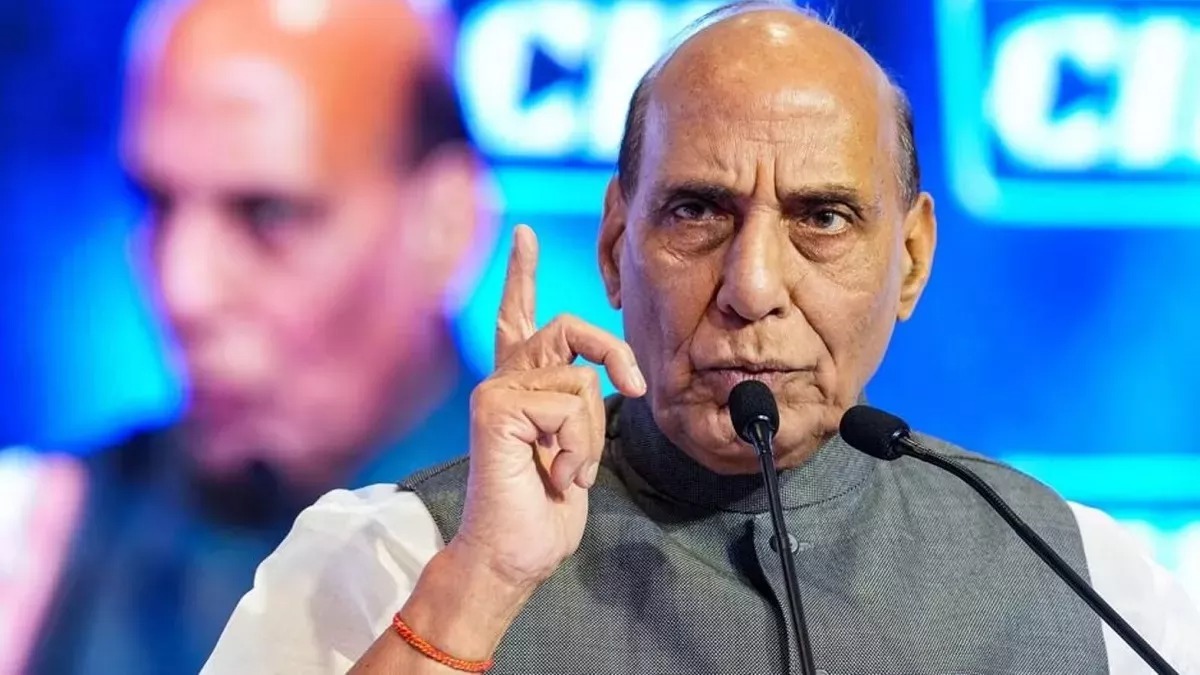
New Delhi: The sector in which the Make in India scheme, launched to make India a major manufacturing power, has made the biggest impact is defence. The proof of the success story of this scheme here is that defence exports reached Rs 21,083 crore in 2023-24, which was barely Rs 500-600 crore ten years ago.
Defence exports are 32.5 per cent higher than last fiscal year and 21 times higher than the level before the launch of Make in India campaign ten years ago. If we talk about total defence production, it has increased from Rs 46,429 crore in 2014-15 to Rs 1,27,264 crore in ten years and a target has been set to reach Rs 1.75 lakh crore by the end of this financial year.
Modi government's emphasis on self-reliance in defense sector
The Modi government's emphasis in the defense sector is on self-reliance and the Make in India scheme has given high flying wings to this campaign. That is why India wants to triple the annual defense production and double the defense exports by 2028-29.
On completion of ten years of Make in India campaign, Defence Minister Rajnath Singh posted on X- Make in India campaign under the leadership of Prime Minister Narendra Modi has changed the face of the country in terms of defence production. There was a time when about 65 to 70 percent of defence material was imported, but now only 35 percent of the goods are being imported.
Rajnath Singh expressed confidence
Rajnath Singh has expressed confidence that defence exports will cross Rs 50,000 crore by 2029. The most striking aspect of the success of Make in India in the defence sector is that the public sector enterprises that were considered inefficient and weak in functioning have impressed the most with their performance.
Unprecedented rapid growth in defence production and exports
The unprecedented rapid growth in defence production and exports has also made many PSUs strong in the market. The private sector has naturally contributed more to the increase in production, but government undertakings have also achieved a share of more than 40 percent in it. Approvals for defence exports are also increasing rapidly. Their number was 1414 in 2022-23, which has increased to 1507 in 2023-24.
For complete self-reliance in defence, a new defence industrial scenario has been created with the help of Make in India campaign, which includes big corporate groups like L&T, Godrej, Adani as well as government companies and a complete network of research and development. On the strength of this, everything from Brahmos ballistic missile to fighter jet and from ammunition to night vision devices is being made in India and dependence on imports is decreasing every year.
Promotion of self-reliance and Make in India in defense sector
This is most important for our strategic autonomy. Two major policy decisions to promote self-reliance and Make in India in the defence sector are - preparing a list of equipment and materials for indigenisation and earmarking 75 per cent of the funds for defence purchases for purchases from domestic companies.
4666 defence items were identified for indigenisation, which include raw materials, essential equipment and components. Of these, 2920 have been indigenised. 40 to 50 licences are being issued every year for defence production.
This is how the picture changed
Financial Year Defence Production (Rs. crore)
2014-15 46429
2015-16 52968
2016-17 74054
2017-18 78820
2018-19 81120
2019-20 79071
2020-21 84643
2021-22 94845
2022-23 108684
2023-24 127264
--Advertisement--

 Priya
Priya Share
Share



